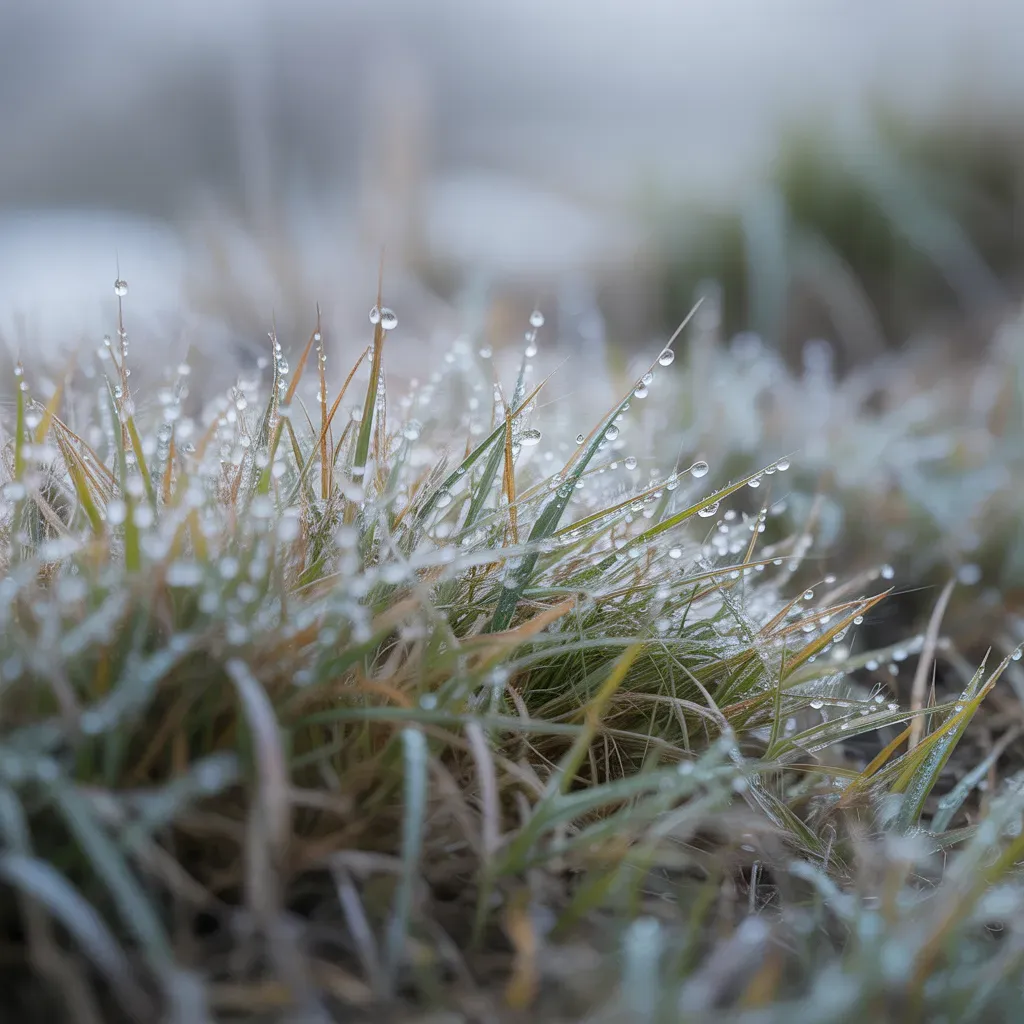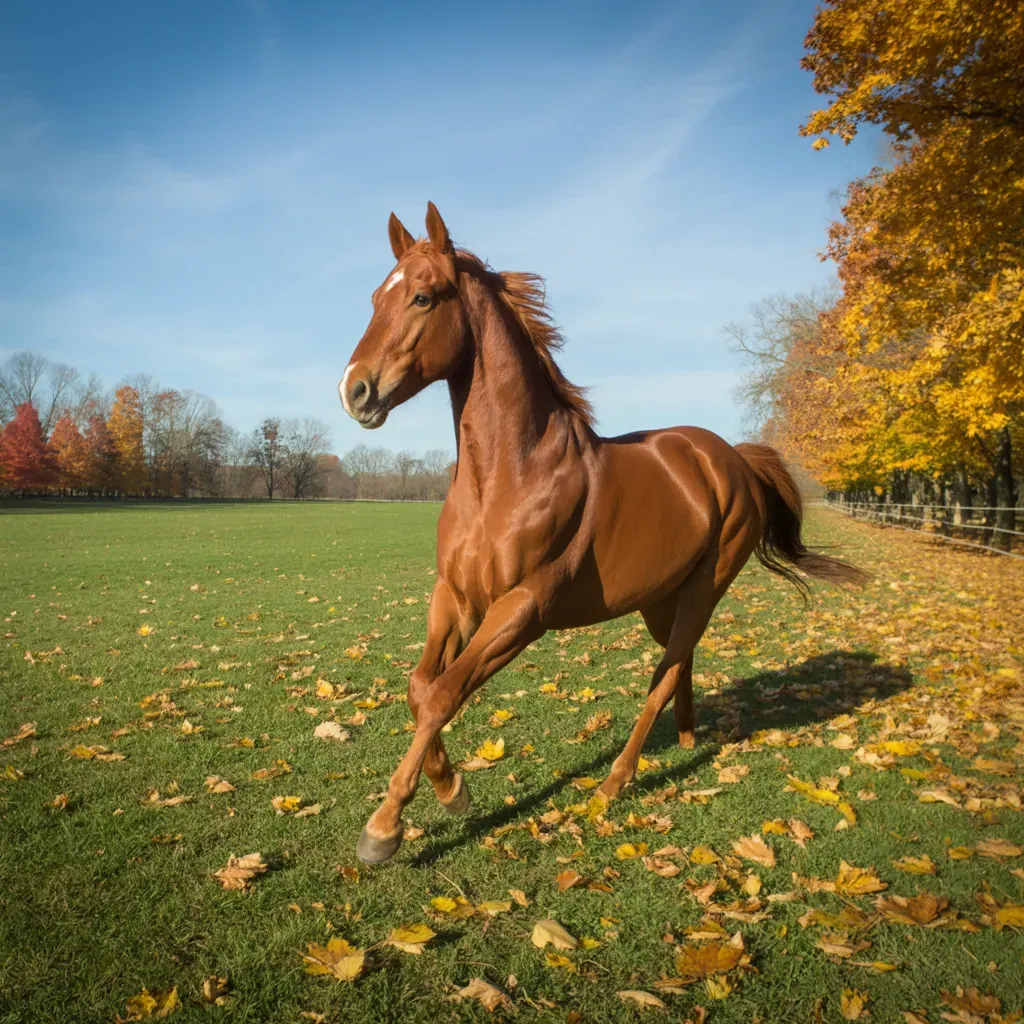Safeguarding our EMS horses from hyperlipidemia - vital insights for optimal well-being
As if us carers of EMS horses haven’t got enough to focus on, along comes something else to think about … hyperlipidemia.
Not wishing to sound like the Grim Reaper here, but if you google it you’ll see terms like ‘life-threatening’ and ‘potentially fatal’ ... No question - hyperlipidemia is a serious condition, so we need to be aware of it, and above all, super vigilant when it comes to managing our EMS/IR equines.
So what’s it all about? It’s where us reducing feed/calorie intake (thinking we’re doing the right thing) reduces energy levels, triggering a reaction by the equine body to draw on its muscle protein and fats reserves, in order to them into the blood to be used for energy.
Thing is … the horse’s body can’t utilise fats or proteins as primary energy sources, so the result is a dangerous accumulation circulating in the bloodstream. Worse case? Liver and renal failure, and yes, it’s potentially fatal.
So how do we prevent it?
Proper diet and weight control. And above all, avoiding the temptation of rapid weight loss methods such as underfeeding, and/or … using indigestible feeds such as straw as a primary feed.
Horses evolved to thrive on energy derived from cellulose fibres found in grasses - not fats, or proteins, or straw. So, it’s down to us to ensure our EMS horse maintains an optimal weight through a meticulously balanced species-appropriate diet, while significantly limiting access to fresh green grass to manage the IR.
- Low sugar, low carb, high fibre hay diet - I know we all know this, but this really is the cornerstone of managing our EMS horses. A diet low in sugars/carbs and rich in fibre helps regulate blood sugar levels, avoiding the excess calories that contribute to obesity, to prevent fat accumulation.
- Mineral balancing – essential to offset the known nutrient deficiencies in our UK forage, to ensure we keep our horse’s inner chemistry balanced.
- Adlib hay - essential to satisfy hunger and nutritional needs.
- Avoid starvation diets - restricting access to food not only risks stress and ulcers, but mistaken practices such as extreme calorie reduction, or feeding straw, can dangerously backfire. It's vital to maintain a balanced, nutritious diet that supports weight loss without nutrient deprivation. Which links us nicely to …
Starving our horse slim is not a solution
No question, the best prevention for IR/EMS horses is simply by not allowing our horses to become obese. However, it’s crucial not to starve the weight off your horse.
To quote Dr Kellon:
“The primary treatment for horses with IR and/or Cushing's is a low carb and mineral-balanced diet. Any pasture turnout should be eliminated until all signs of IR are totally absent, and reintroduced only with extreme caution. Hay with low carbohydrate content is recommended, ensuring total feed intake never drops below 1.5% of body weight.
Attempting to achieve weight loss by reducing feed intake below 1.5% can worsen IR and precipitate Hyperlipidemia. Hyperlipidemia is potentially life threatening, especially in ponies, so DON'T STARVE the weight off your horse or pony.”
I can’t emphasise enough how important it is for the IR horse, well - any horse for that matter - having adlib hay, otherwise, apart from the acid-related stomach ulcer risk, they’ll go into a state of manic stress, literally panicking about where their next food is coming from.
This brings on hormone-reactive stressors of their own which we must always try to prevent, in order to avoid the release of the unfriendly stress hormone, cortisol, which for the record also induces further elevated insulin. A wild horse can simply wander off and find more grasses, but the domesticated horse is entirely dependent on how – and when - we're going to feed them next.
Avoiding the dangers of improper feeding
Both Dr Kellon and Dr Fritz warn against the dangers of excessive feed reduction or relying on indigestible feeds like straw, so let’s summarise the risks (see the full details in our 'Straw - Don't Feed It' page):
- Calories between hay and straw, and there’s not much difference. If you’re already feeding a mature hay or one chosen for low sugar and starch levels, the difference is only a 7% calorie reduction.
- Straw’s sugar levels can be as high as 6.2%, and starch up to 4.3%.
- Now to digestion difficulties. With significant differences in the fibre ratios, straw is difficult to ferment in the hindgut, which may result in bloated belly/diarrhea/faecal water, especially in older horses.
- Straw also provides poor prebiotic support for the hindgut biome, meaning poor production of those beneficial metabolites which produce the source of our horse’s energy, and the beneficial B6 and B12 vitamins in their appropriate activated form.
- Protein? Deficient, around half that of hay.
- Mineral levels - lower phosphorus and magnesium than hay.
- Worse, there’s a high risk of toxic nitrate levels in straw.
Long and short, despite straw filling the horse’s stomach, it starves the horse of energy, which triggers the equine body to try and find other stored energy resources. Cue hyperlipidemia.
As Dr Kellon says, we’re better off double netting our hay, or investing in a slow-feeder system.
Understanding the liver’s role
When our horse eats, the liver decides what to do with the nutrients – if they’re needed, they get sent out into the bloodstream to be utilised; if not, they’re sent off to either the kidneys or the large intestine for excretion. And when it comes to our EMS horses the liver is already busy enough, having to process the excess sugars.
The takeaway message? Too high levels of fat or protein circulating in the bloodstream puts enormous strain on the liver, overwhelming its ability to detoxify the body.
The ‘don’ts’
🚫 Don’t resort to starvation diets - severely restricting your horse’s feed will backfire significantly.
🚫 Don’t use straw as a primary feed - straw lacks nutritional value and can’t be properly digested, leading to energy deficiency and potentially triggering hyperlipidemia.
🚫 Don’t overlook exercise - alongside diet, regular, appropriate exercise is vital to manage a horse’s weight and overall health.
🚫 Don’t forget well-being - stress will exacerbate health issues, so manage any obvious stressors.
Preventing hyperlipidemia in EMS horses requires a balanced, well-managed approach to diet and weight management, no different to taking care of a family member with specific dietary needs. By feeding low sugar/low carb/high fibre forage, and a meadow grass feedbowl carrier, while adding in what’s nutritionally missing and avoiding shortcuts, you can help prevent hyperlipidemia.










